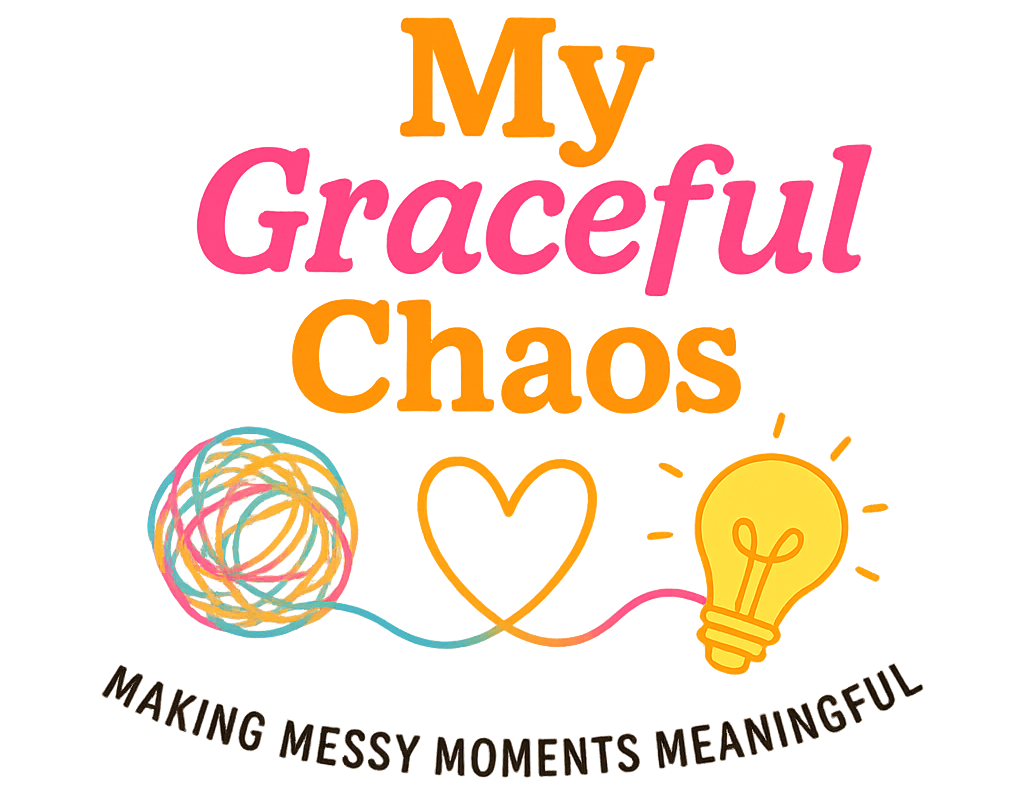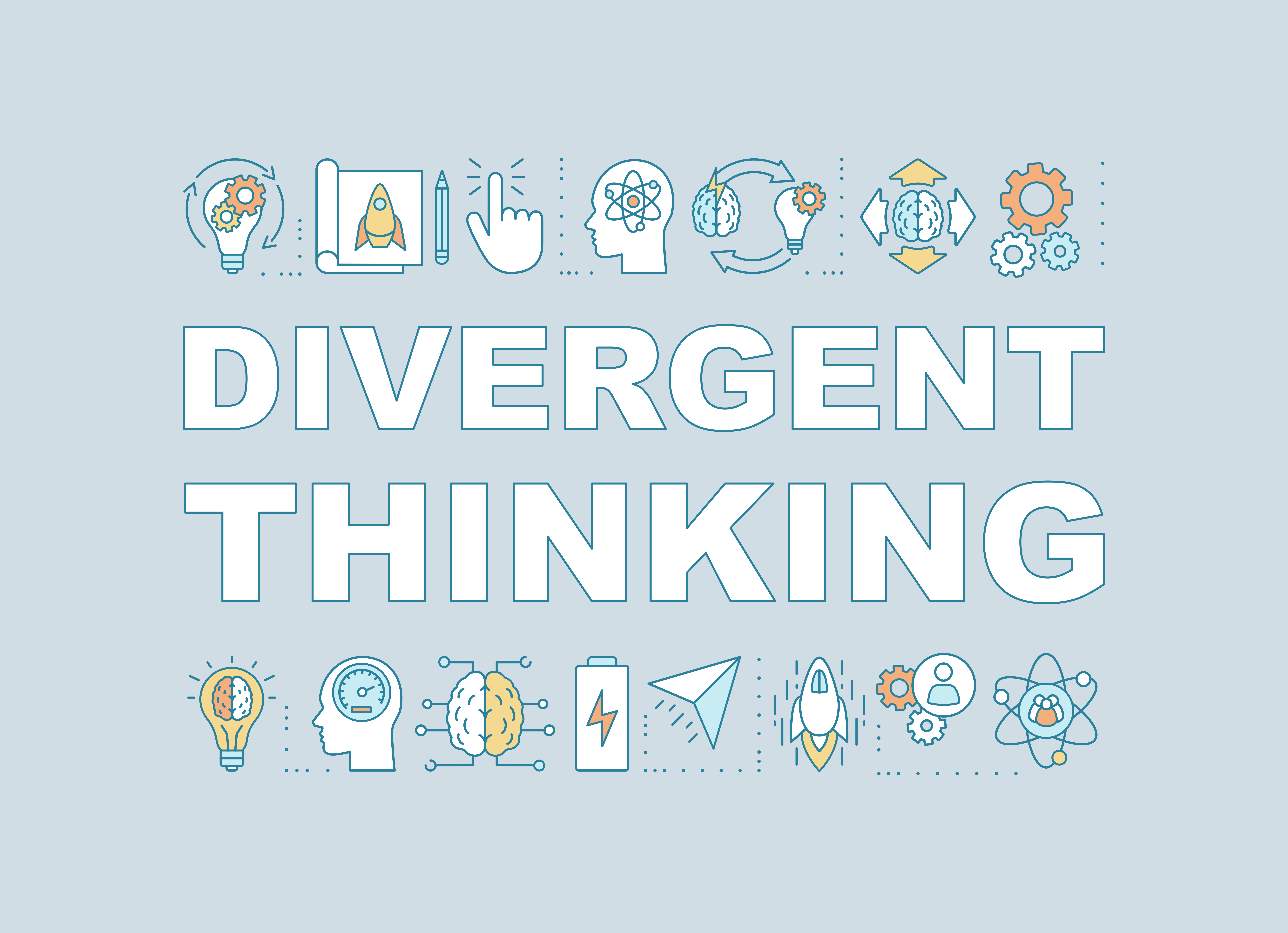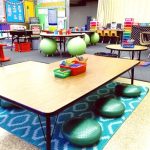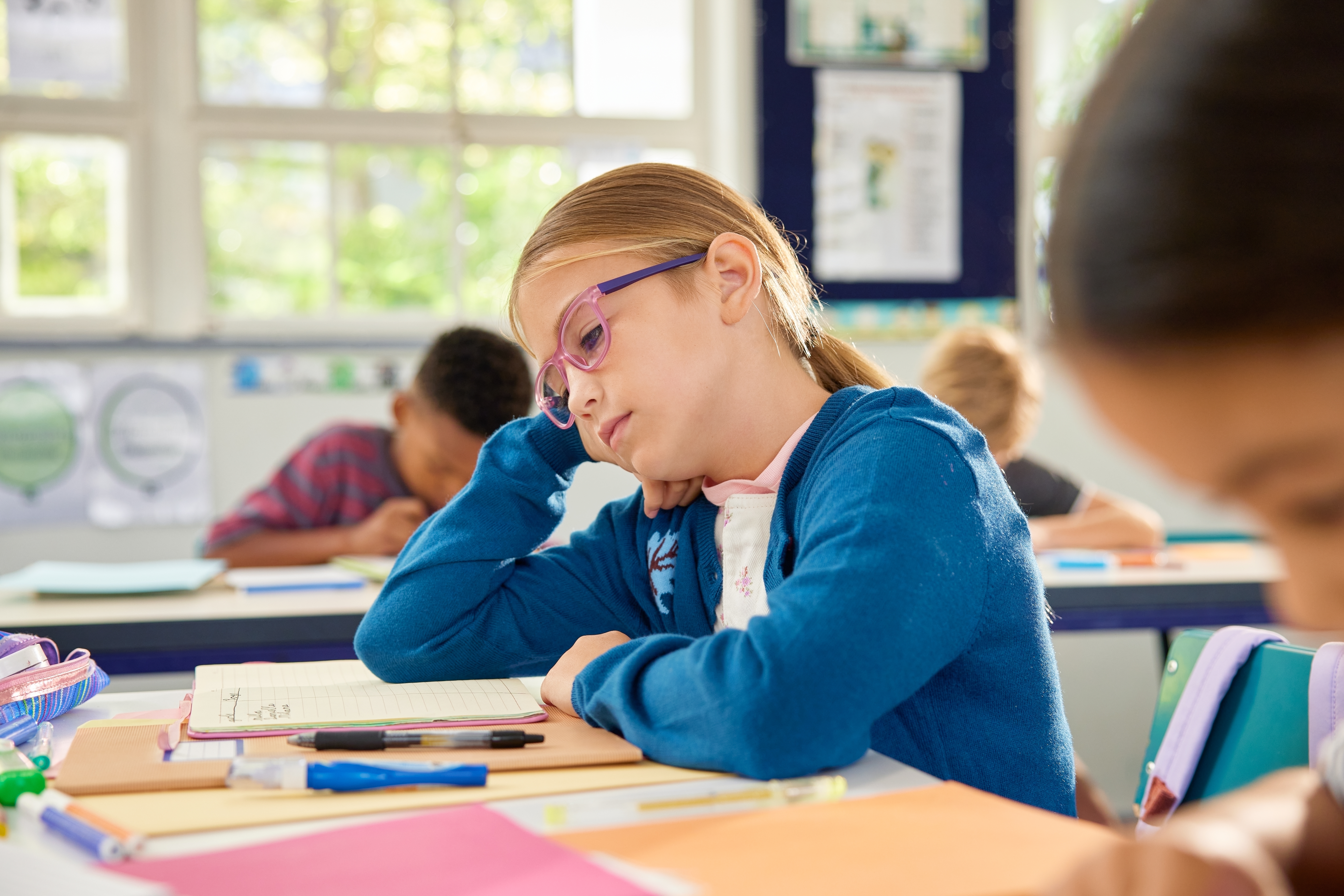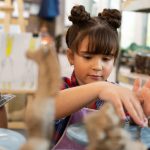In an era that celebrates innovation, entrepreneurship, and creative problem-solving, it is ironic that our education system often suppresses the very qualities that drive progress. At the heart of this issue lies divergent thinking—the ability to generate multiple, original solutions to a single problem. While schools may claim to nurture creativity, research suggests that the longer children spend in conventional classrooms, the less divergent their thinking becomes.
What is Divergent Thinking?
When I first stumbled across the idea of divergent thinking, something clicked for me. It’s basically the ability to look at a question or a challenge and imagine dozens of different ways to approach it, instead of feeling like there’s just one right answer. I remember reading Runco’s work (2014), where he talks about how this kind of thinking fuels innovation and helps us navigate the unpredictable problems life constantly throws at us.
This idea isn’t new—back in the 1950s, psychologist J.P. Guilford started challenging the old notion that intelligence was only about getting to the single correct solution (Guilford, 1956). He argued that real intelligence also lives in our capacity to think creatively, to let our minds wander into uncharted territory. That resonates with me so much.
Honestly, I see it every day—whether I’m working with kids who light up when they realize their ideas don’t have to fit neatly in a box, or in my own life when I’ve had to come up with unconventional solutions to problems no textbook ever prepared me for. Divergent thinking isn’t just an academic term—it’s a reminder that there is value in curiosity, in daydreaming, in questioning the script.
How Schools Undermine Divergent Thinking
Traditional schools in the U.S. are set up in a way that really pushes kids to follow the rules, stay in line, and measure up to someone else’s idea of success. Everything from the scripted lessons to the endless high-stakes tests sends the message that memorizing and repeating information is what matters most. But where does that leave the kids who think differently or want to ask why instead of just filling in the blanks?
I think about what Sir Ken Robinson said back in 2006—how the system rewards compliance over curiosity. And he was right. I’ve seen so many bright, creative kids start to doubt themselves because their gifts didn’t fit the mold. It’s heartbreaking, because when we prioritize standardization over imagination, we lose so much of what makes learning meaningful.
An interesting example is a longitudinal study conducted by George Land and Beth Jarman (1993), which measured creative potential in children over time. The researchers found that:
98% of 5-year-olds scored at “genius level” in divergent thinking.
By age 10, this dropped to 30%.
By age 15, only 12% remained.
Among adults, only 2% retained this capacity.
This steep decline reflects what happens when young minds are continually guided toward the “one right answer.”
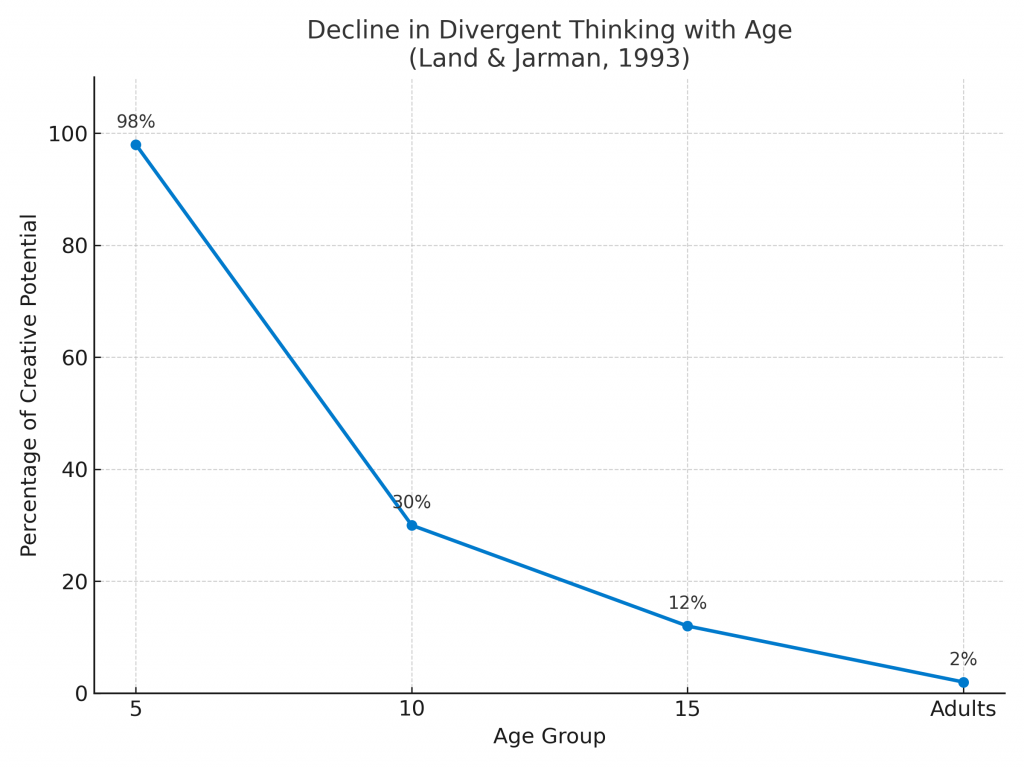
Standardization Over Exploration
Standardized tests have basically become the gold standard for measuring success in American schools. Sure, they can show whether a student can recall certain facts or follow a formula, but they completely miss the mark when it comes to things like originality, curiosity, or the ability to connect ideas in unexpected ways (Amabile, 1996).
I’ve seen this firsthand, and honestly, it frustrates me. So many teachers feel like they have to “teach to the test” just to protect their jobs or keep their schools funded (Au, 2007). And who loses in that equation? The kids.
There’s hardly any space left for project-based learning or real inquiry—those moments when students light up because they’re allowed to explore and take creative risks. In my experience, that’s where the magic of learning happens. When we reduce achievement to a number on a bubble sheet, we send the message that thinking differently isn’t valuable. I just don’t believe that’s what education is meant to be.
The Cost of Lost Creativity
When divergent thinking is suppressed, students can become disengaged and less confident in their ability to solve problems creatively. In the long term, this mindset affects not only individual potential but also collective capacity for innovation. As Sir Ken Robinson (2006) famously argued, “We are educating people out of their creative capacities.” Robinson believed this wasn’t just an unfortunate side effect—it was a fundamental flaw. He challenged us to imagine education that nurtures creativity just as intentionally as it teaches literacy or math.
Personally, I see the truth of his words every time I work with students who have already internalized the fear of making mistakes. They hesitate to share their ideas or explore new ways of thinking because they’ve been taught that being wrong is worse than not trying at all.
That’s why his message struck such a chord with educators and parents around the world. He reminded us that creativity isn’t an “extra”—it’s essential. And if we keep designing schools that treat it as optional, we’re not preparing kids for the real world, where the ability to imagine, adapt, and innovate is more valuable than ever.
The modern economy increasingly values skills like adaptability, creative problem-solving, and innovation—precisely the qualities that our schools tend to neglect (World Economic Forum, 2016).
What Can We Do Differently?
Reimagining education requires shifting away from a one-size-fits-all model. Approaches such as project-based learning, inquiry-driven curricula, and design thinking encourage students to generate ideas, test them, and iterate. These practices not only develop divergent thinking but also help students cultivate intrinsic motivation and resilience.
Educators and policymakers must ask: Are we preparing children to replicate answers or to reimagine possibilities?
References
Amabile, T. M. (1996). Creativity in Context. Boulder, CO: Westview Press.
Au, W. (2007). High-stakes testing and curricular control: A qualitative metasynthesis. Educational Researcher, 36(5), 258–267. https://doi.org/10.3102/0013189X07306523
Guilford, J. P. (1956). The structure of intellect. Psychological Bulletin, 53(4), 267–293. https://doi.org/10.1037/h0040755
Land, G., & Jarman, B. (1993). Breakpoint and Beyond: Mastering the Future Today. New York, NY: HarperBusiness.
Robinson, K. (2006). Do schools kill creativity? [TED Talk]. https://www.ted.com/talks/sir_ken_robinson_do_schools_kill_creativity
Runco, M. A. (2014). Creativity: Theories and Themes: Research, Development, and Practice (2nd ed.). San Diego, CA: Academic Press.
World Economic Forum. (2016). The Future of Jobs: Employment, Skills and Workforce Strategy for the Fourth Industrial Revolution. Geneva: World Economic Forum. http://www3.weforum.org/docs/WEF_Future_of_Jobs.pdf
